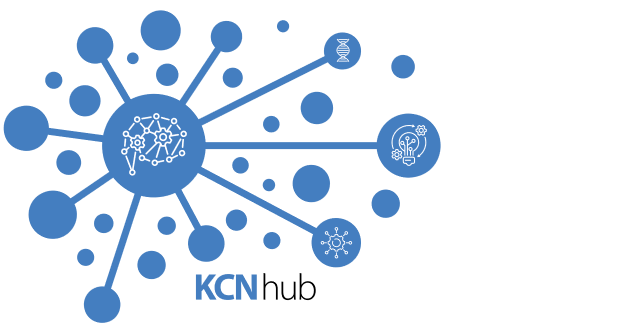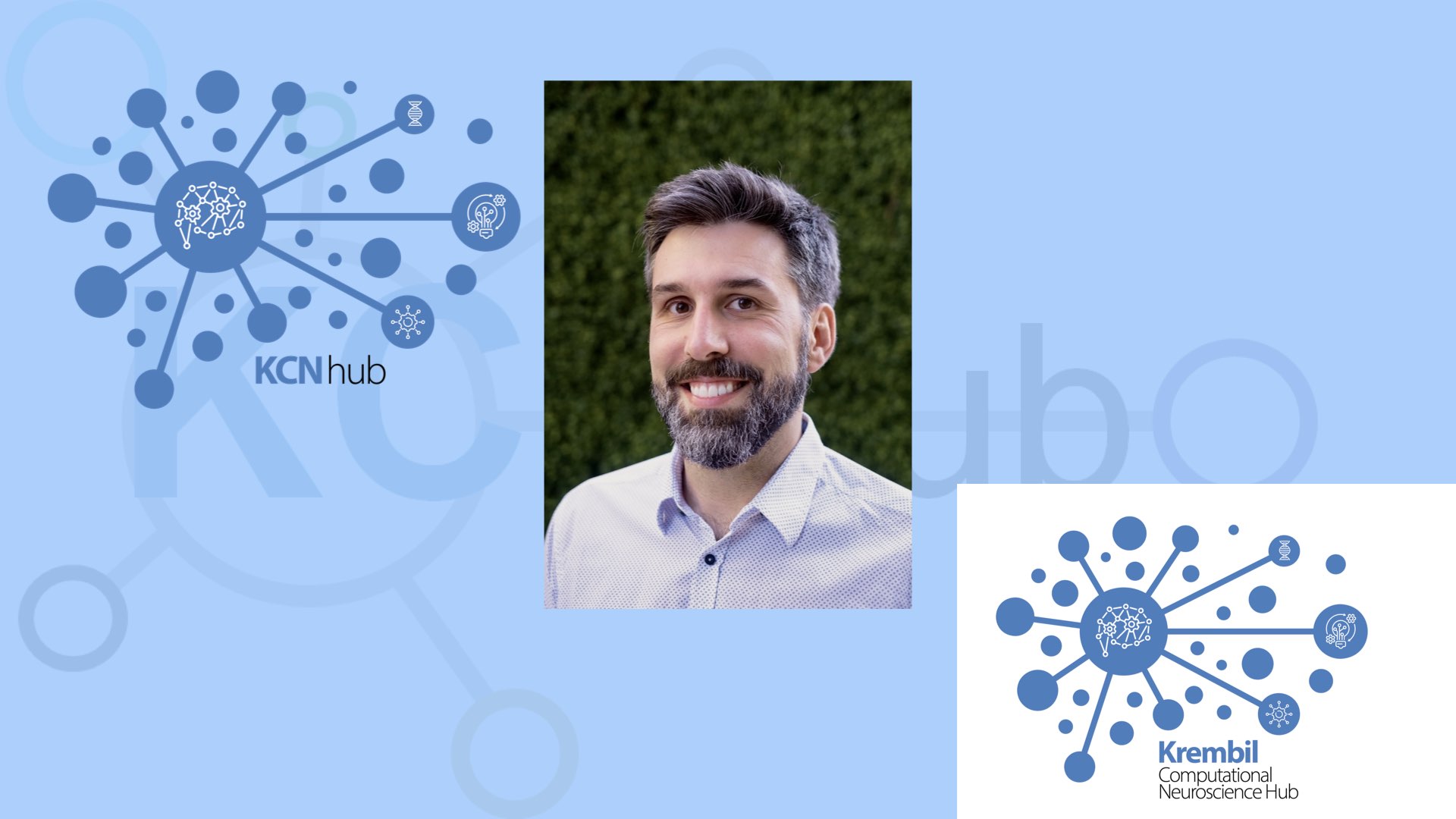Hippocampal spiking sequences link memories across time intervals: Insights from calcium and voltage imaging.
Abstract: How does the brain keep track of events we need to remember as well as the intervals between them? This process involves the hippocampus. Hippocampal spiking sequences can encode sensory cues and link them by tiling the gaps in time between them, forming trajectories in ‘memory space’. But the neurophysiological mechanisms controlling the emergence and stability of such sequences are unclear. I will first present work on in vivo two-photon calcium imaging in mice, demonstrating that these sequences combine stable dynamics to encode fixed sensory information with highly flexible, learning-dependent dynamics to link that information across time intervals. I will then present recent pioneering longitudinal, high-frequency voltage imaging of cell-type-specific interneurons, demonstrating the role of inhibition in shaping these memory-encoding sequences.
Brief Bio: Jiannis Taxidis is a Scientist at the Hospital for Sick Children (Neurosciences and Mental Health program) and an Assistant Professor at the Physiology Department at the University of Toronto. He received his BSc in Physics from the Aristotle University (Greece), his MSc in Applied Mathematics from Utrecht University (Netherlands) and his PhD in Mathematical Sciences, with a focus on computational neuroscience, from Nottingham University (UK). During his PhD and his first postdoctoral position at Caltech (California), under the supervision of Prof. Christof Koch, he worked on complex computational modelling of hippocampal networks and intricate mathematical analyses of electrophysiological data, related to memory consolidation processes. In his second postdoctoral position at UCLA in Professor Peyman Golshani’s lab, he made a radical transition to in vivo hippocampal imaging experiments coupled with memory-driven behavior in mice. His lab combines cutting-edge imaging methods (two-photon calcium imaging, voltage imaging and holographic optogenetics) applied to awake behaving mice, as well as computational modeling. His goal is to understand how neuronal circuits collectively encode experiences and the temporal intervals between them, how they store those as memory and how these processes are disrupted in conditions associated with memory deficits.

